Dutch-Hungarian Protestant relations date back to the Reformation. From the last third of the 16th century, Hungarian students studied continuously at the famous universities of the Netherlands, including Utrecht, Leiden and Franeker. During the peregrination, the names of János Apáczai Csere, Miklós Misztótfalusi Kis and Péter Bod are among the early modern students expanding their knowledge in the Netherlands. Returning from there to their homeland, Transylvania, they played a key role in reforming the church and cultural life.
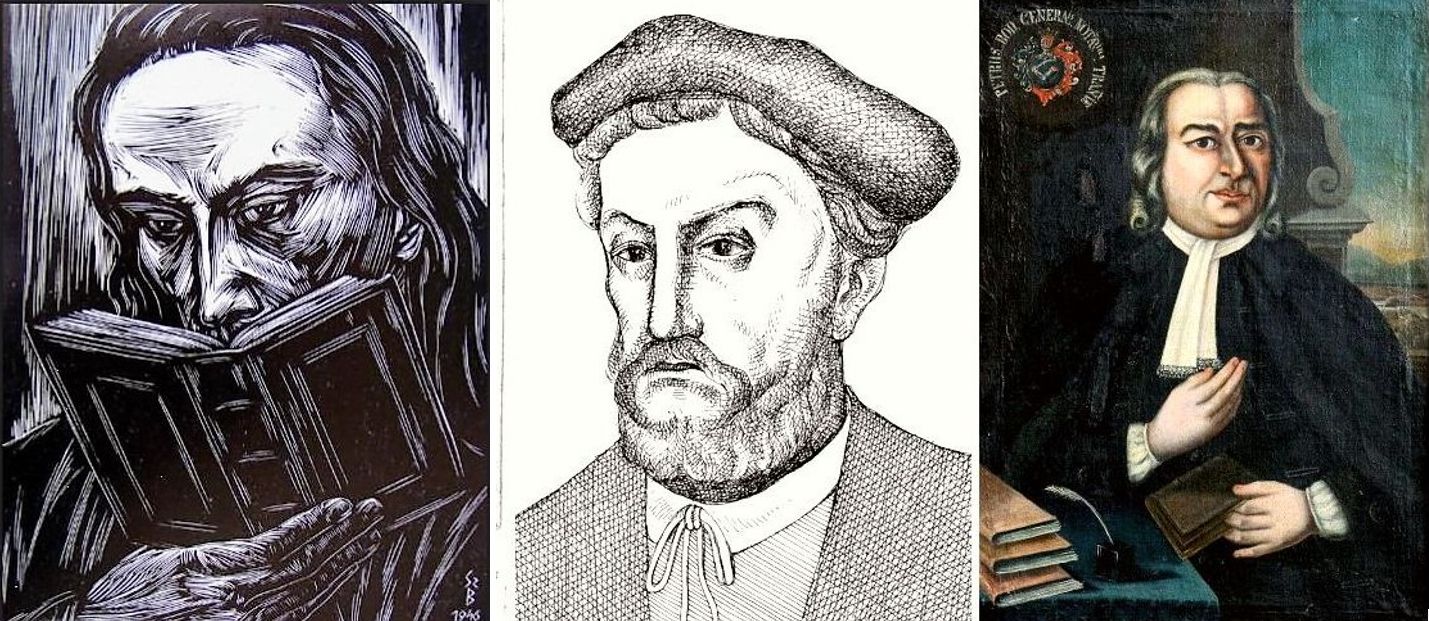
János Apáczai Csere, Miklós Misztótfalusi Kis and Péter Bod also studied in the Netherlands (Source: Wikipedia)
Hungarian Protestantism commemorates the Dutch Admiral de Ruyter (1607–1676), who freed the Protestant galley slaves from their inhuman suffering on 11 February 1676, with gratitude. In 19th-century Dutch-Hungarian relations, ecclesiastic aspects were less important. The number of Reformed theologians studying abroad decreased significantly. But several Hungarian painters, such as László Paál and Mihály Munkácsy, were inspired by the fine arts based on the realist traditions they studied in the Netherlands.
In the 20th century, church relations revived. Theological students studying in the Netherlands with scholarships later became the leading pastors of the Reformed parishes in Budapest and defining personalities of Protestantism in the capital.
The thoughts of Abraham Kuyper (1837–1920), a leading theologian of the Dutch Reformed Church, also had a strong influence on Hungarian Reformed theology in the decades after World War I, primarily through theology teacher Jenő Sebestyén (1884–1950). Kuyper was also the Prime Minister of the Netherlands from 1901 to 1905 and visited Hungary in 1916. Even his daughters, Johanna and Henriette, served at Bethesda Hospital for half a year among soldiers injured in World War I.
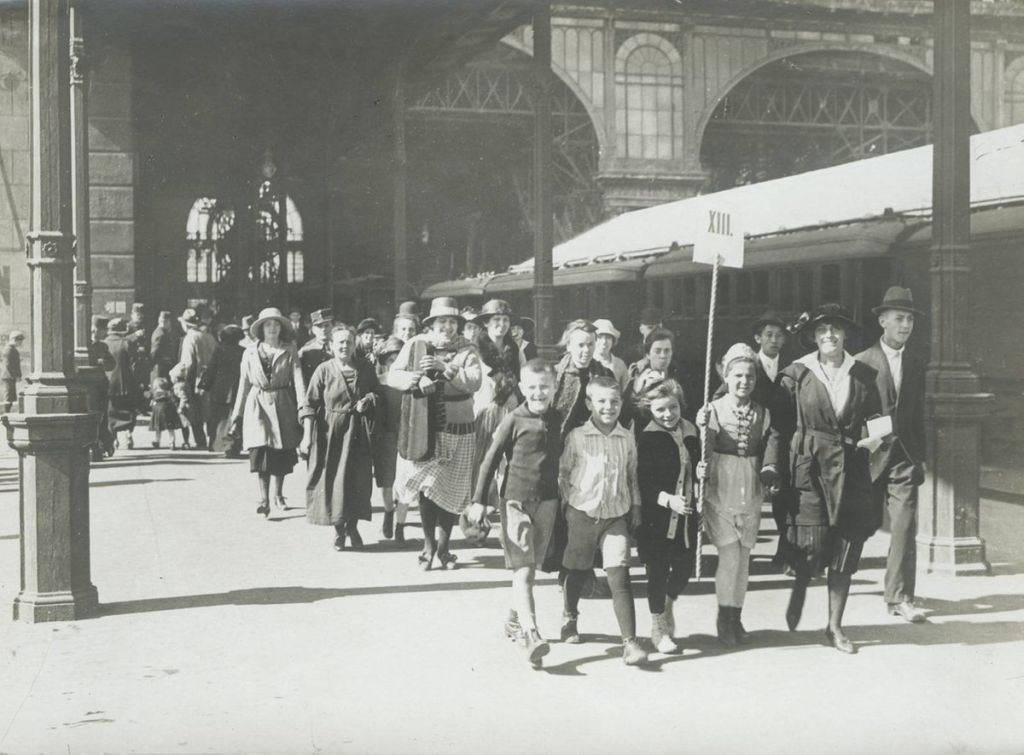
Children returning home from the Netherlands at the Keleti Railway Station, September 1921, photo by János Müllner (Source: BTM Kiscell Museum)
Shortly after World War I, the Dutch Reformed Church took note of the starving, struggling children in Hungary. On 24 January 1920, Johanna Kuyper drew the readers' attention to helping Hungarians with the following words in De Standaard's article, Scarcity in Hungary: “A Committee was formed to bring hard-fated Hungarian children to the Netherlands. However, this requires first and foremost money, and, secondly, families who will host these children for at least two months for free.”
Reception and placement were arranged in the Netherlands, recruitment and information for parents were organised in Hungary. The first train with children set off on 10 February 1920, with 260 girls and 340 boys. On 17 April 1926, the 100th train was launched from Budapest in a ceremonial setting. According to the National Child Protection League, between 1920 and 1930, 28,563 children went to the Netherlands.
In addition to organising the children's holidays, Dutch-supported food kitchens in Hungary provided a wider range of assistance. At the initiative of Kuyper's third daughter, Catherine, in The Hague, a committee called the Reformed Child Feeding Action was formed in the mid-1920s, which undertook the care of 1,000 children a day. Her only stipulation was that the children should also receive a religious education.
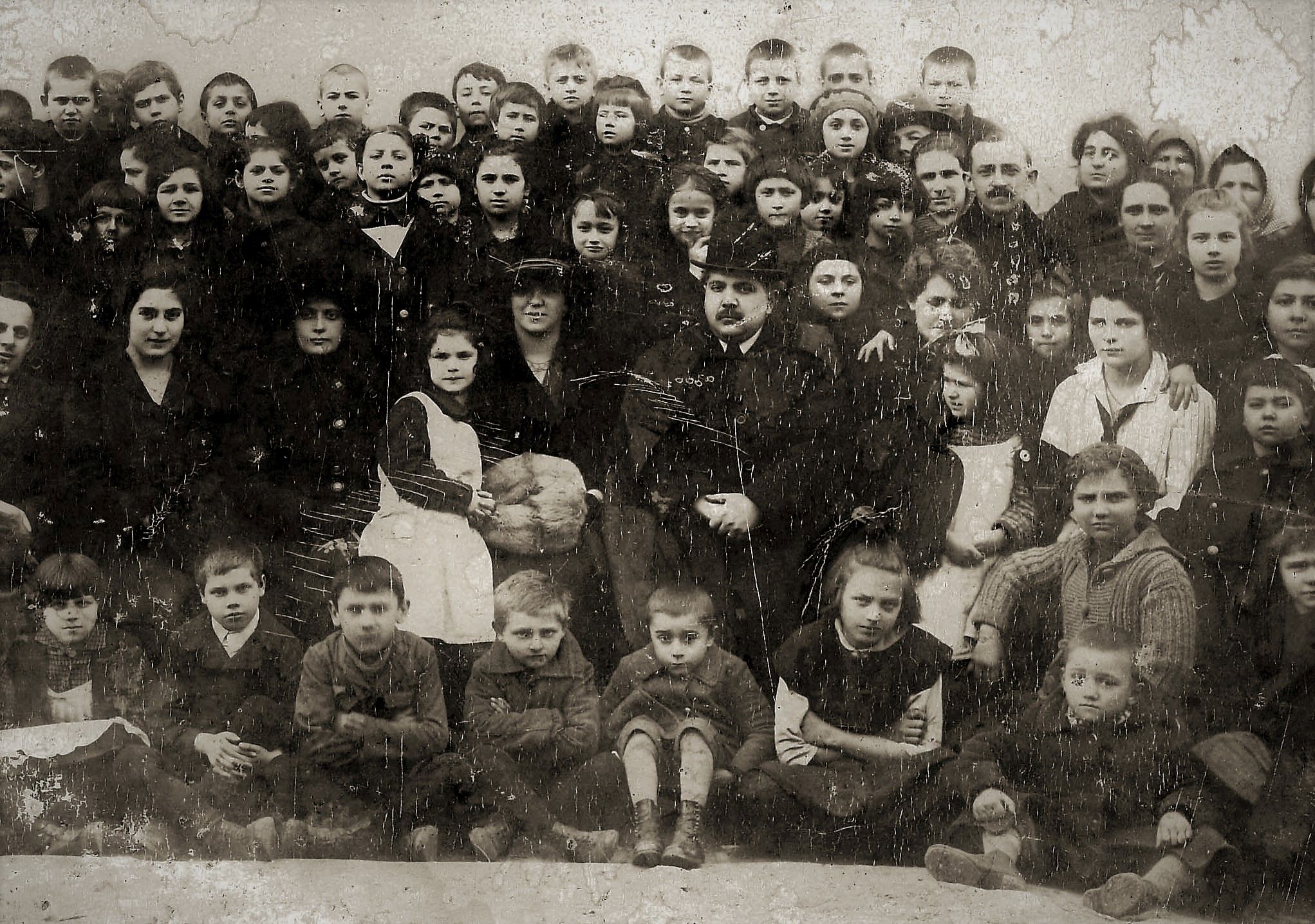
Dutch-funded child feeding campaign at the Budapest-Angyalföld Reformed Parish. The photo was taken in the winter of 1922, in the middle, Catherine Kuyper and Pastor Lajos Gál (Source: Budapest – Angyalföld Reformed Parish)
A few months later, in the winter of 1920, the provision of lunch and snacks to children in need began in 15 places in Budapest and the suburbs around the capital. Religious education in the form of a Sunday school was introduced between meals in day-care homes.
Meals were provided at the Reformed parishes, such as the new mission area in Fasor, Kőbánya and Angyalföld, where the congregation was just being organized. In the new mission area of Outer Ferencváros and Erzsébetfalva, 100; in the new mission area of Outer Lipótváros, in one of the rooms of the Bethesda Hospital, in Újpest, Óbuda, Rákosliget, Kispest-Wekerletelep and Rákosszentmihály, 50; in Pestújhely 75, in Kelenföld, 25 children were taken care of. In three years, between 1920 and 1923, a total of 6,674 received Dutch meals.
As a sign of gratitude to the Dutch people, in 1921, the General Assembly of Budapest decided to rename the Városliget Avenue to Vilma királynő Road ('Queen Wilhelmina Road'). The thanksgiving ceremony connected to the end of the assistance was held on 15 May 1923 in the building of the Reformed Theological Academy of Budapest on Ráday Street.
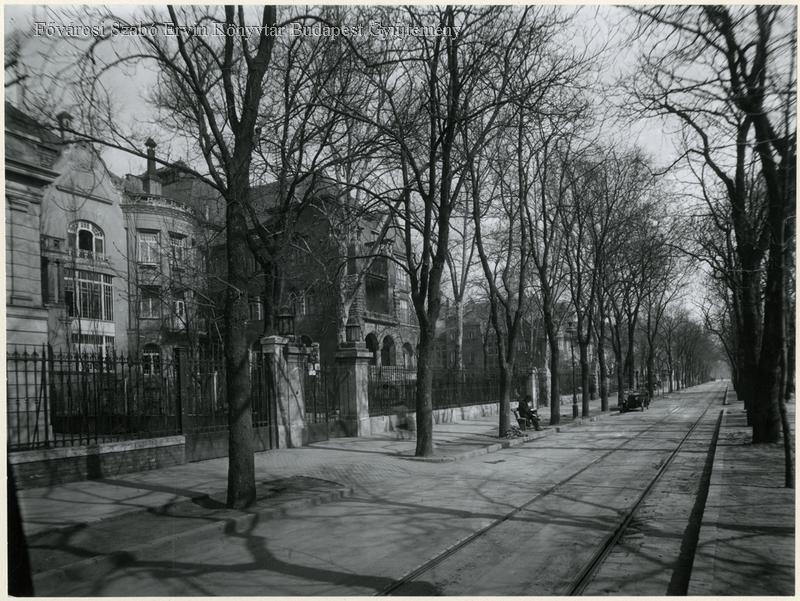
Vilma királynő Road in 1923, photo by Mór Erdélyi (Source: FSZEK Budapest Collection)
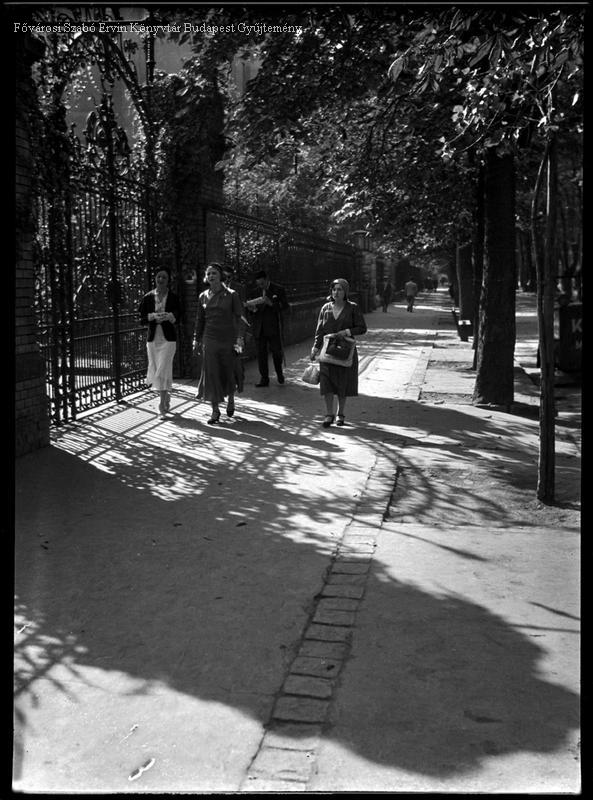
Vilma királynő Road (now Városliget Avenue) in 1933, photographed by Imre Kinszki (Photo: FSZEK Budapest Collection)
In the same year, the editorial office of the Magyar–Holland Szemle, headed by Jenő Sebestyén, presented the Queen of the Netherlands with a stained-glass window in The Hague. The stained-glass window is the work of Miksa Róth (1865–1944), the upper part of which depicts Queen Wilhelmina in a Frisian dress in the company of Hungarian children and Prince Francis II Rákóczi and Admiral de Ruyter can be seen on the lower part.
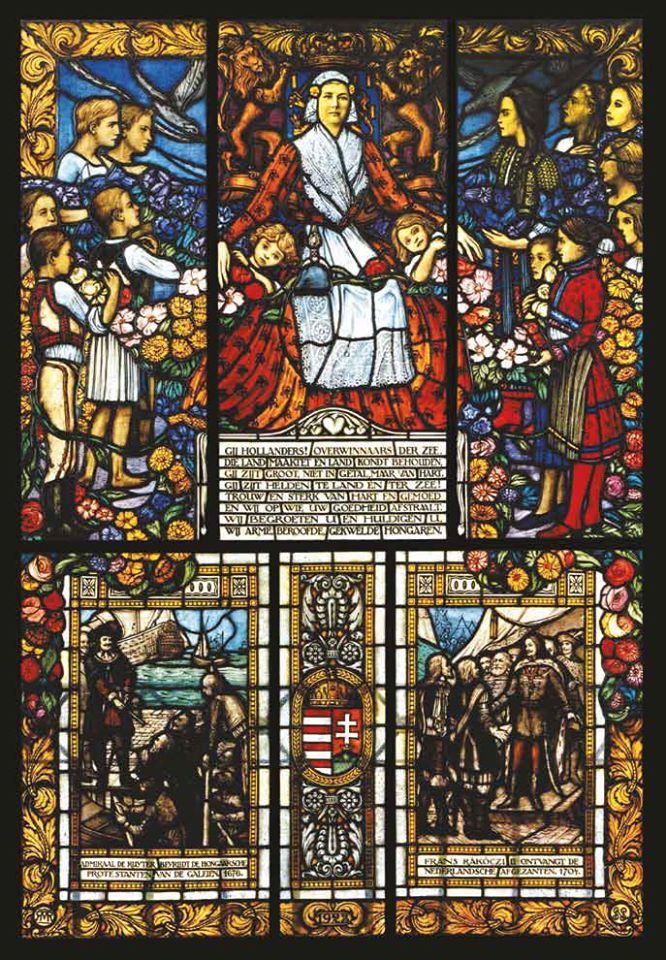
The stained-glass window in the Royal Palace in The Hague gifted for the 25th anniversary of Queen Wilhelmina's reign in 1923, designed by the painter Sándor Nagy (1868–1950) made by Miksa Róth (Photo: Tibor Fényi)
At the request of theology teacher Jenő Sebestyén, the money left over from that received for feeding children after 1923 was used to establish a Reformed elementary school created by rebuilding a one-storey student house behind the Reformed church in Fasor. The educational institution was named Julianna Reformed Elementary School after the Dutch heir to the throne. The school's opening ceremony was held on 13 September 1926, attended by former Dutch Prime Minister Henrik Colijn and Catherine Kuyper (1876–1955), one of the main Dutch patrons of the school.
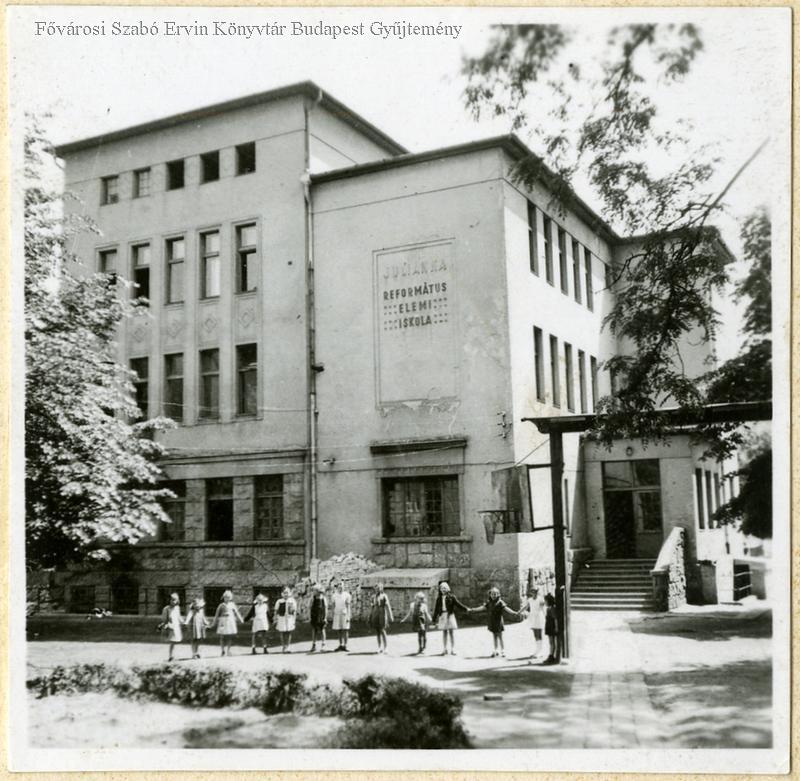
The building of the Julianna Reformed Primary School, a group of children in the 1940s (Photo: FSZEK Budapest Collection)
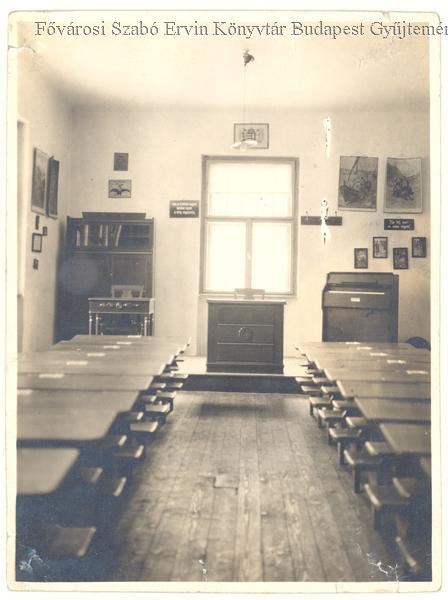
The classroom of the Julianna Reformed Primary School in the 1930s (Photo: FSZEK Budapest Collection)
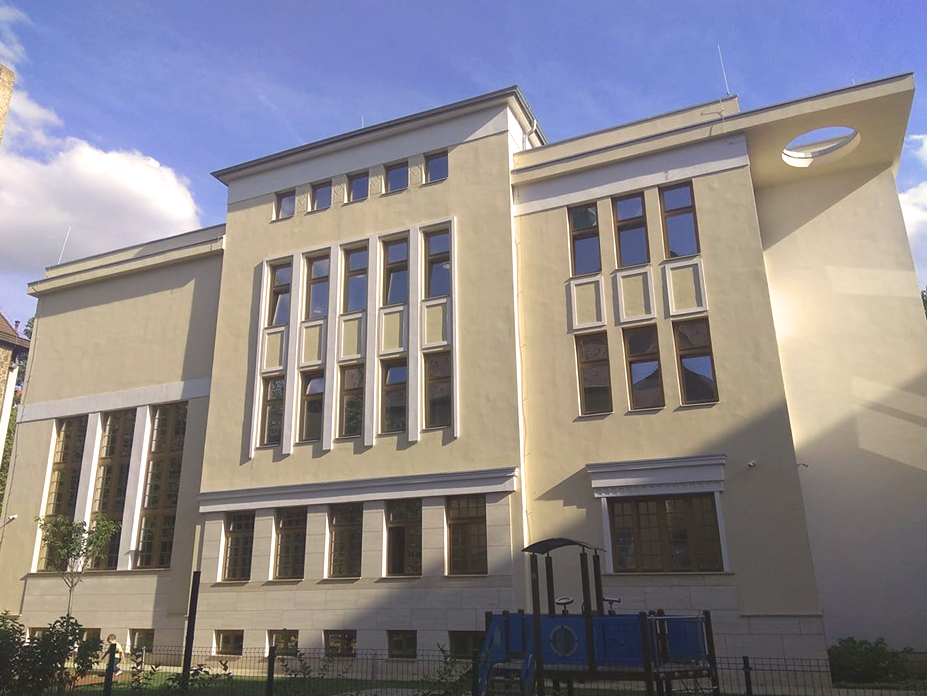
The Csipkebokor Nursery has been operating in the building of the Julianna school in the 7th district since September 2019; the building has been completely renovated and remodelled (Photo: pestbuda.hu)
The school was named after Queen Wilhelmina of the Netherlands and Hendrik, Prince of Mecklenburg-Schwerin's only child, Julianna, born on 30 April 1909. Led by Queen Wilhelmina (1890–1962), her daughter Julianna (1909–2004) also helped Hungarians. They made use of their private royal funds to encourage the Dutch people to make donations.
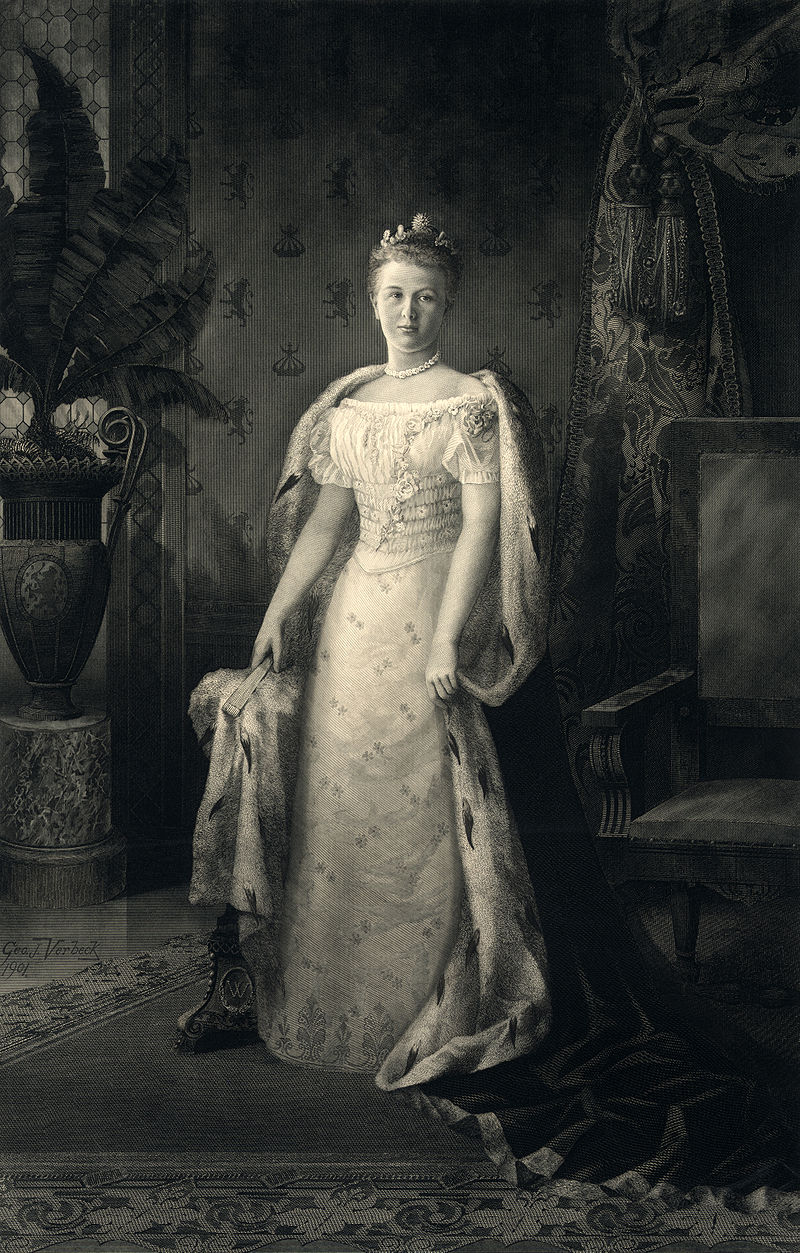
Queen Wilhelmina on George J. Verbeck's painting in 1901 (Source: Wikipedia)
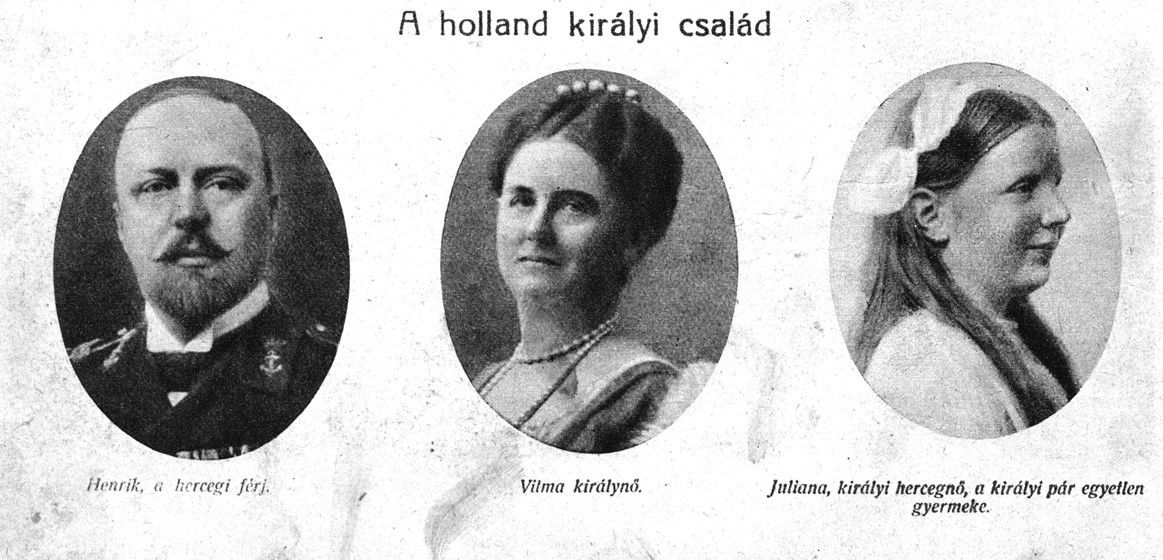
The Dutch Royal Family: to the right, the namesake of the school, Julianna (Source: Érdekes Ujság, 1921)
Churches were also built in Budapest with Dutch support. Between the two world wars, nearly thirty Reformed churches were opened, three of which was supported by a significant donation from the Dutch Reformed Church. László Ravasz, the bishop of the Reformed Diocese of Dunamellék, consecrated the church of Kelenföld in 1930, of Pozsonyi Road in 1940, and Csillaghegy in 1941.
During the most intensive period of Dutch-Hungarian Reformed relations in the 20th century, in the 1920s, the Reformed churches in Budafok and Pestújhely were designed by Dutch architect Jan Van den Deck.
The church in Kelenföld has been a subordinate church of the Buda Reformed Parish since 1920. Andor Sebestyén, a pastor of religious education, preached to the congregation members in rented properties on Sunday afternoons. Thanks to his sacrificial work, the Budapest-Lágymányos-Kelenföld Reformed Parish was founded in 1926.
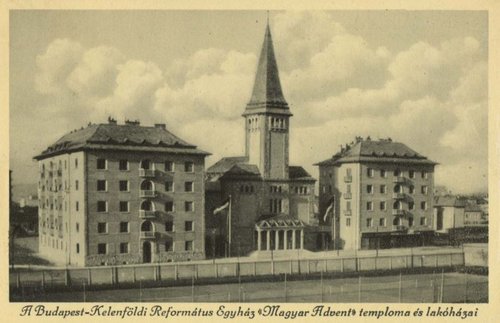
The church of the Reformed Parish of Budapest–Kelenföld was consecrated in 1930 (Contemporary postcard from the author's collection)
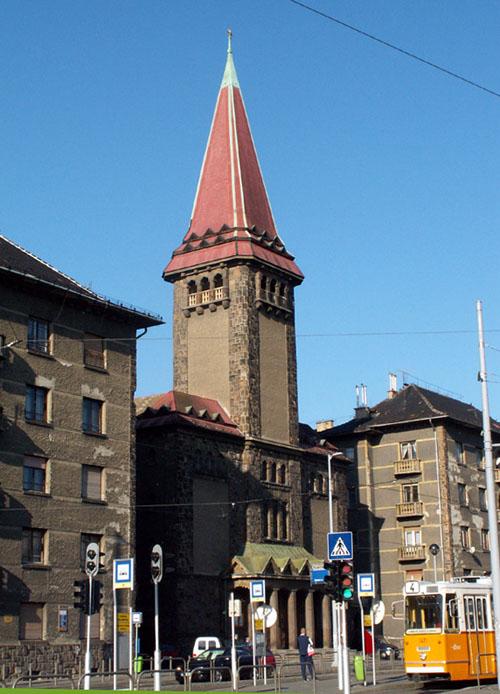
Church of the Reformed Parish of Kelenföld (Photo: bpdel.hu)
Before that, in the fall of 1923, at the invitation of Dutch Calvinists, he spent six weeks in the Netherlands, where he gave lectures in German in ten cities and collected 4,000 Pengős for the church foundation. Architect István Medgyaszay was asked to design the sacral building. In addition to donations from church members, several ministries, the Budapest City Council, and Reformed believers in the Netherlands and Northern Ireland also contributed to the construction costs. After laying the foundation stone on 30 September 1928, the church was consecrated on 16 November 1930.
In the southern part of today's 13th district, the first service was held on 8 January 1921 by Pastor Pál Fövényessy in the gymnasium of the school at 21 Váci Road. During this period, a series of donations from Protestant relief operations abroad were of great help. Dutch meals in 1923 provided a regular diet for a hundred poor children during the winter months. Services were held in the congregation house inaugurated in 1926 on Tutaj Street.
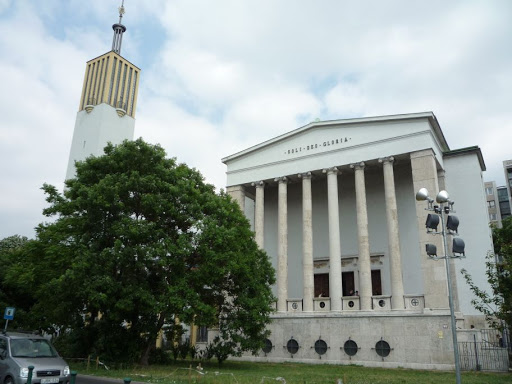
The Reformed Church on Pozsonyi Road (Photo: pozsonyiuti.reformatus.hu)
The construction of the church began in 1937. The first donation was made in 1927, according to an entry on the first page of the Golden Book of Church Construction, by Dutch Reformed pastor Vilmos Decker, who brought cocoa and warm clothes for poor suburban children. Despite the difficulties, the church was completed by 8 December 1940 in a classicising, modern style.
The foundation stone of the church on Csillaghegy was laid in 1926. Architect Endre Szántay (1869-1942) made several designs. The final form seen today was created during the construction of the church. The basement room was built in 1931, and in 1933 a bell was placed on a temporary metal stand. The Csillaghegy congregation became an independent parish in 1941, in the same year the church was completed.
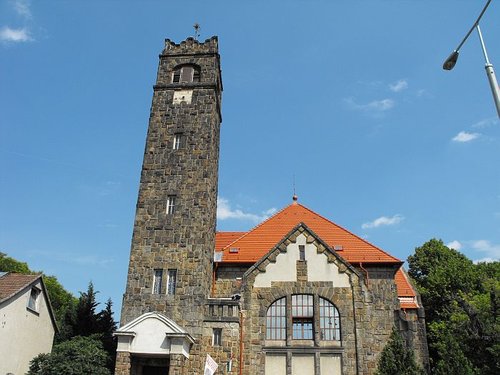
The Reformed Church on Csillaghegy (Photo: Máté Millisits)
The Dutch Reformed also contributed a significant amount to the costs of building the church, which is partly because the Dutch relative of the church-building pastor Ernő Tóth, Johanna de Boer, also took an active part in collecting donations.
The church of the Reformed Parish of Budapest-Wekerletelep was built in 1928, the smaller of the two bells placed in the tower was cast in the Netherlands in 1933. This was donated by Abraham Kuyper's daughter, a sincere supporter of the Hungarian Reformed, Catherine Kuyper, to the Reformed Faithful in Wekerletelep.
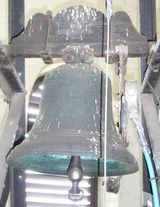
The bell in the church of the Reformed Parish of Budapest–Wekerletelep in 2007 (Photo: Máté Millisits/pestbuda.hu)
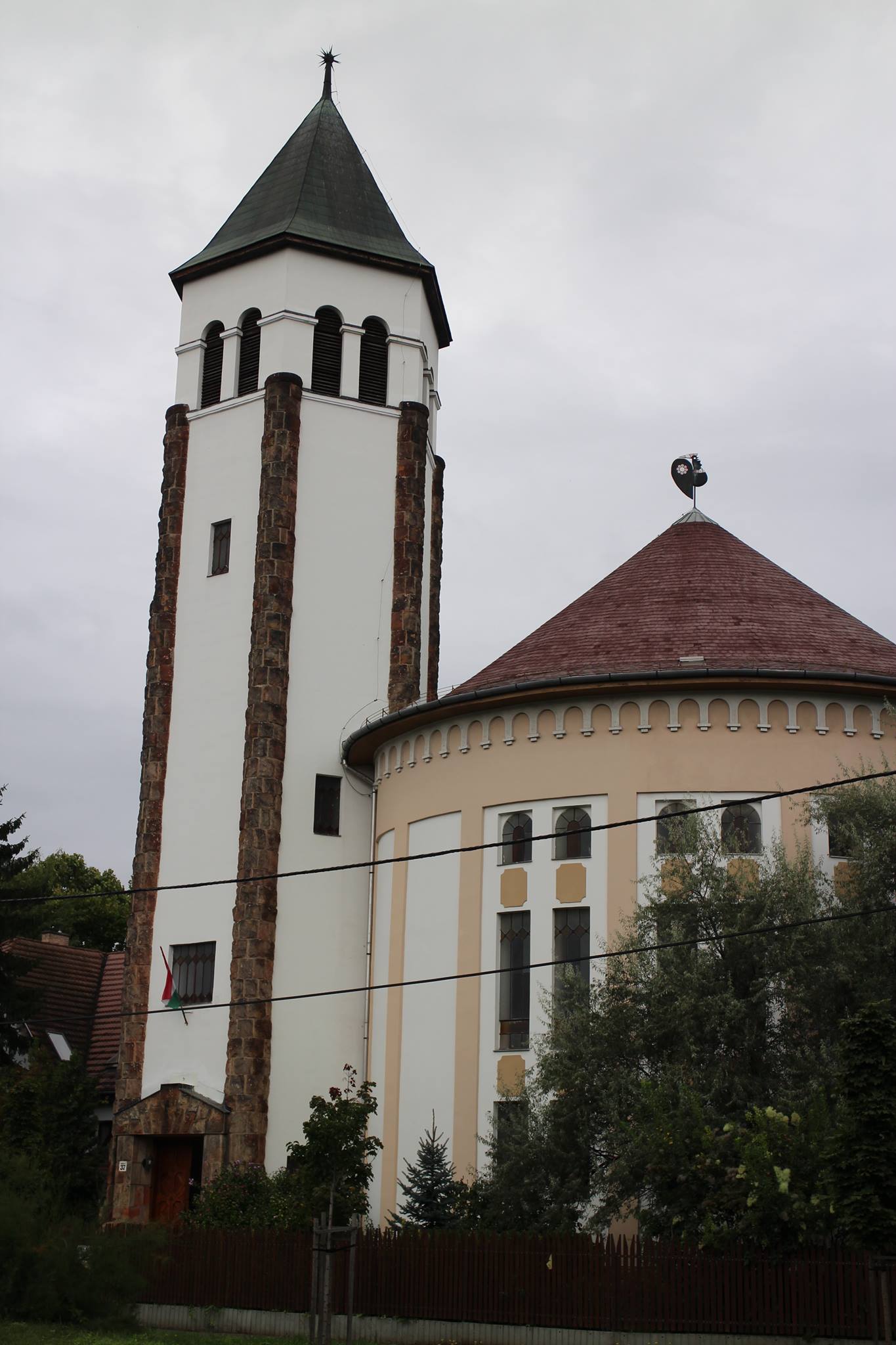
Church of the Budapest–Wekerletelep Reformed Parish (Photo: Kispest–Wekerletelep Reformed Church)
Dutch-Hungarian relations continued to flourish in the second half of the 20th century and at the beginning of the 21st century. In 2017, the Budapest-Csillaghegy Reformed Parish created a travelling exhibition of Hungarian and Dutch billboards describing the blessings of the centuries-long past, which has been presented in Hungary and the Netherlands in recent years.
Cover photo: Vilma Királynő Road in 1923, photo by Mór Erdélyi (Source: FSZEK Budapest Collection)

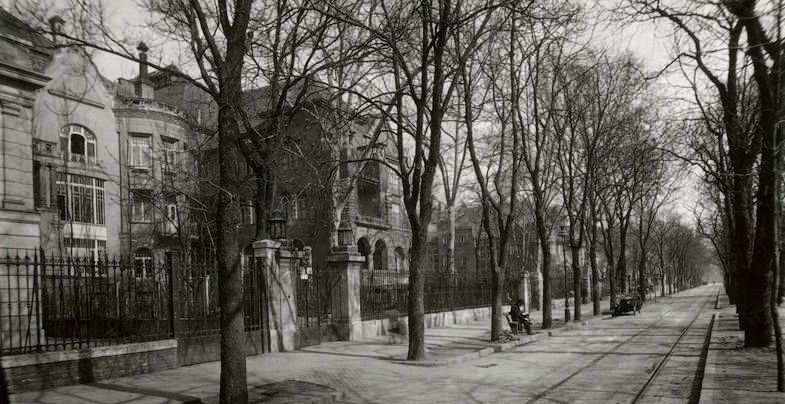



































Hozzászólások
Log in or register to comment!
Login Registration